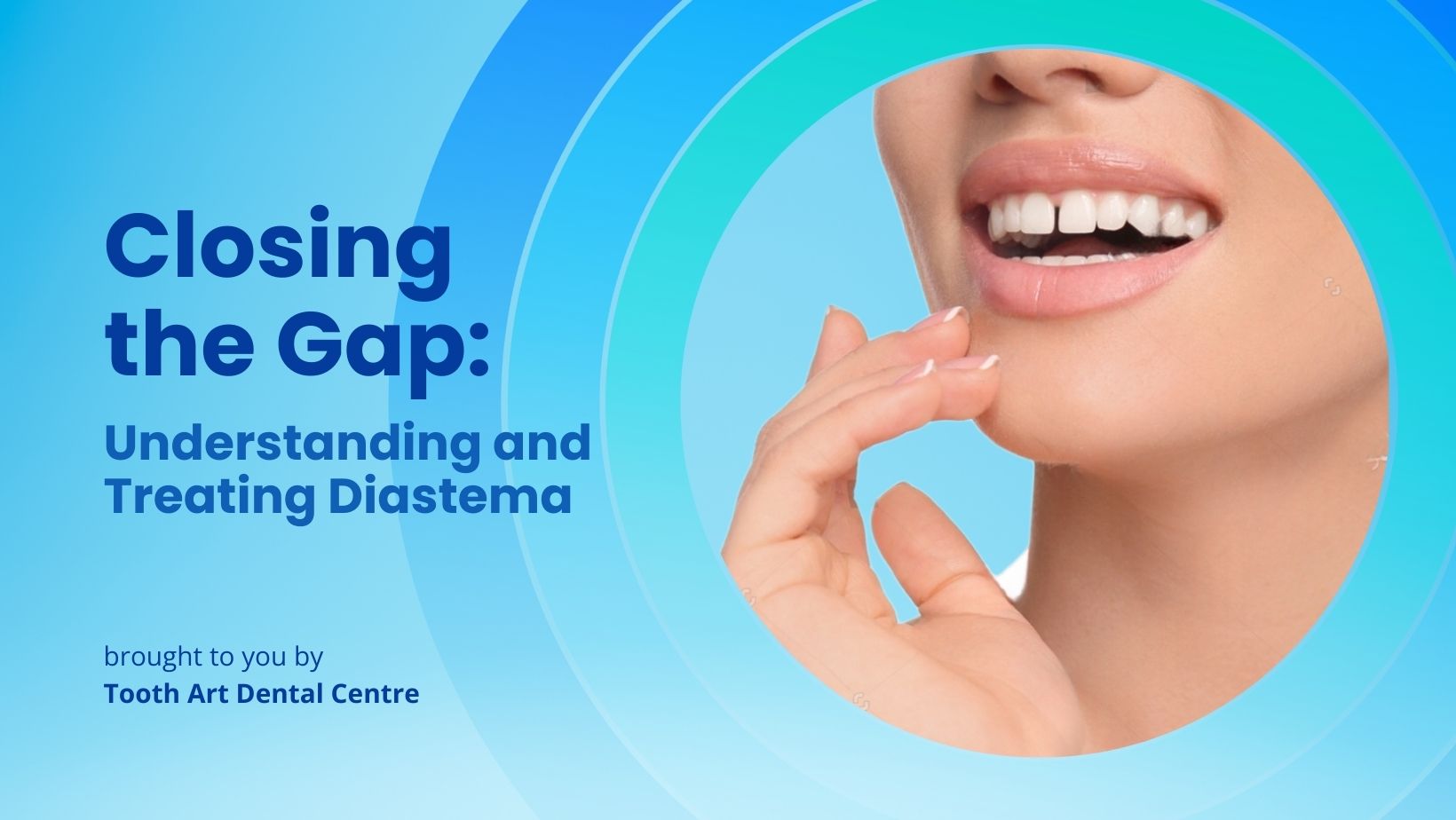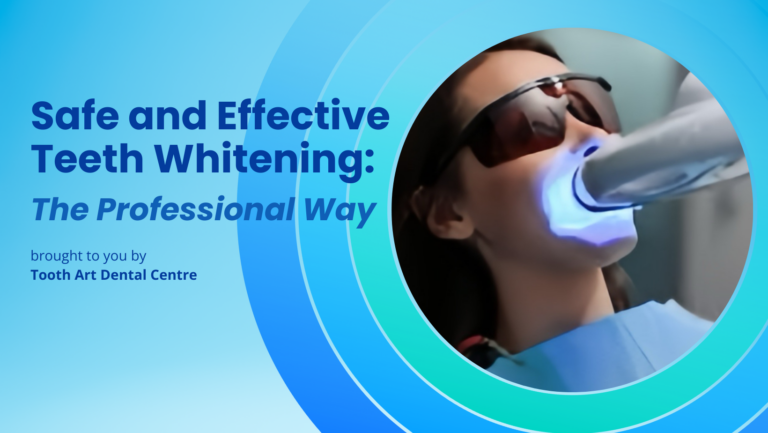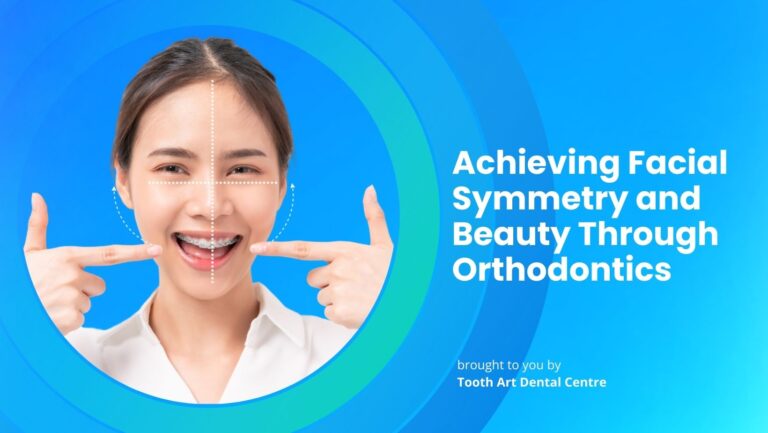Closing the Gap: Understanding and Treating Diastema
In the world of cosmetic dentistry, diastema, commonly referred to as a gap between teeth, specifically the front teeth, is both a unique characteristic and a treatable condition, depending on individual preference and oral health needs.
What is Diastema?
Diastema refers to a noticeable space between two teeth. Although it can occur anywhere in the mouth, it is most prominently seen between the upper front teeth (midline diastema). It is a common occurrence that can affect both children and adults. Even though it is more common in children, the gaps often close when the permanent adult teeth set in.
Most of the time, diastema does not cause serious oral health concerns. While some people have embraced their diastematic smiles as a distinctive trait, others seek treatment for various reasons ranging from aesthetics to bite alignment. If the gap is caused by periodontitis, the underlying gum disease should be treated.
What Causes Diastema?
Several biological and environmental factors can cause diastema.
- Genetic Predispositions: The size of the jaw relative to tooth size can naturally lead to spacing issues. Missing or undersized teeth, such as the upper lateral incisors, are also common genetic causes.
- Supernumerary Tooth: A supernumerary tooth is an extra tooth that can develop and disrupt the normal alignment of the teeth, potentially pushing adjacent teeth apart and creating gaps. This is particularly likely if the supernumerary tooth is located in the front of the mouth, where it can cause spacing issues between the incisors, leading to a visible diastema. Managing this condition often involves the removal of the supernumerary tooth and possibly orthodontic treatment to close any gaps and align the teeth properly.
- Oversized Labial Frenum: The labial frenum, a muscle connecting the upper lip to the gum above the front teeth, can sometimes grow excessively large and extend between these teeth, preventing them from closing naturally.
- Periodontal Disease: Advanced gum disease can lead to the deterioration of the supporting bone structure, causing teeth to loosen and separate.
- Habitual Factors: Behaviours in children like thumb sucking and specific swallowing reflexes where the tongue presses against the front teeth, known as tongue thrusting, can lead to the formation of gaps.
Treatment Options
Understanding what causes diastema allows the patient to evaluate the need for interventions, based on the impact on dental health and aesthetic goals. There are several ways to fix diastema:
- Orthodontics: Braces or clear aligners like Invisalign are often used to move the teeth and close the gaps. This is one of the most common and effective treatments for diastema.
- Dental Bonding: A relatively quick and less expensive option involves resin that matches the tooth colour being applied to the teeth, effectively filling the gap. This is best for smaller gaps.
- Veneers: Porcelain veneers, which are thin layers placed over the teeth, can also disguise gaps while offering a natural look and feel. They are a popular choice for those looking for a more permanent solution.
- Crowns: In cases where teeth are also damaged or decayed, crowns might be recommended to restore and realign the dental structure.
- Surgery: If gum disease is the underlying cause, surgical intervention to regenerate bone and tissue may be necessary before cosmetic solutions can be applied.
Considering Treatment?
If you are considering treatment for diastema, it’s important to consult with a dental professional who can assess your oral health and recommend the most appropriate treatment options. Factors like the size of the gap, the health of your teeth and gums, and your overall dental alignment will influence the treatment plan.
Beyond the physical treatments, it’s also crucial to address the psychological aspects of living with diastema. For many, closing the gap can boost self-confidence and improve social interactions. However, for others, preserving this unique trait is a matter of personal identity and pride.
If you have concerns about diastema, schedule a consultation with our dental specialist for a customised diagnosis and treatment plan.
Note: This article is intended for informational purposes only and does not substitute for professional medical advice. Individuals experiencing health concerns should consult with healthcare professionals for proper diagnosis and treatment plans.







